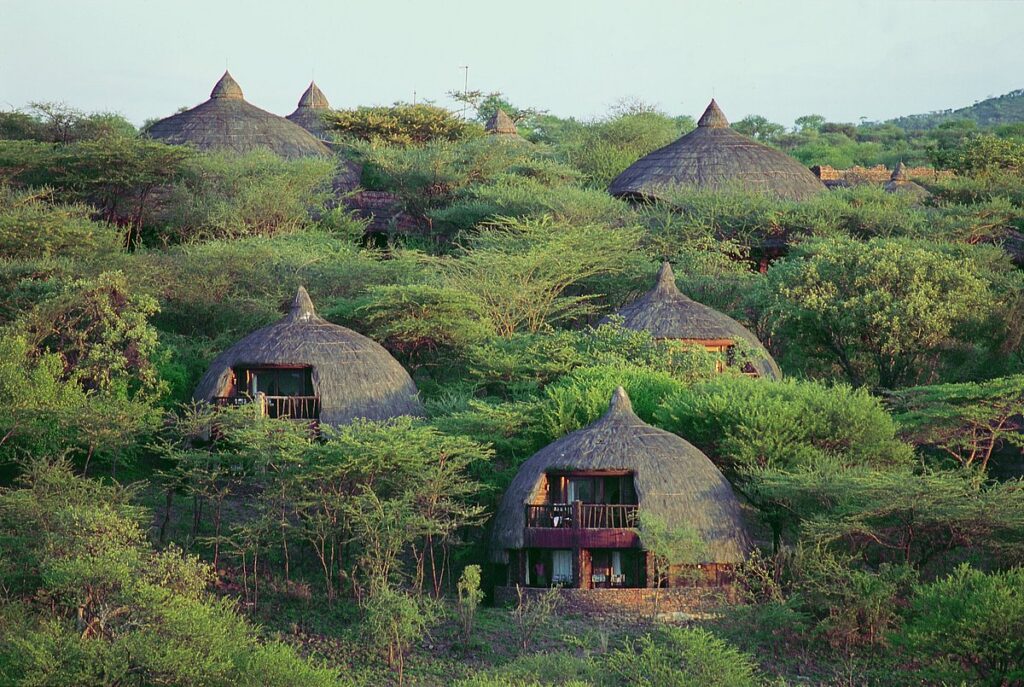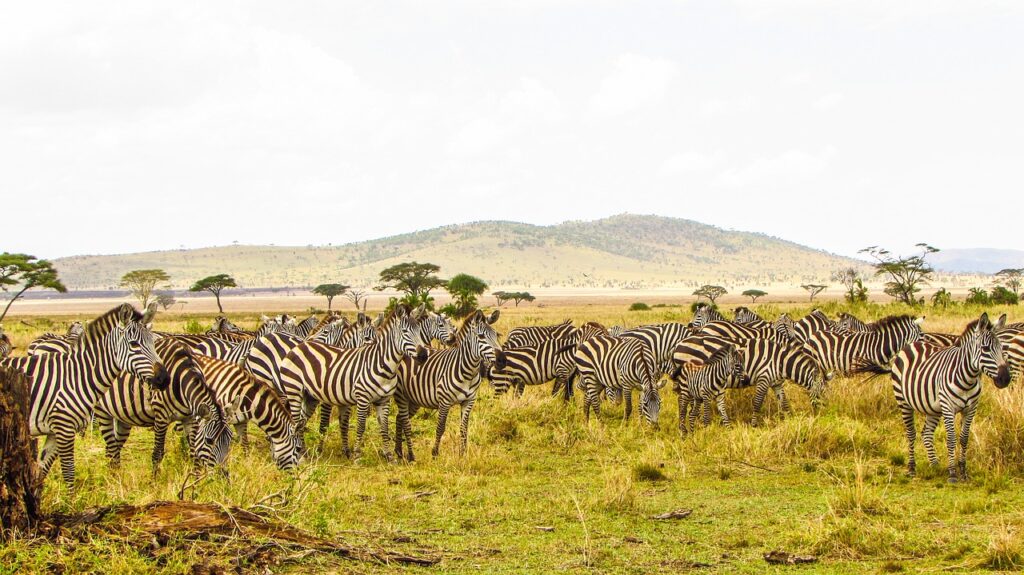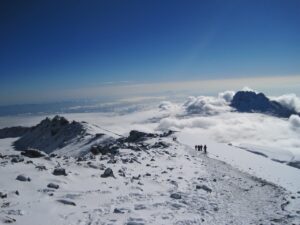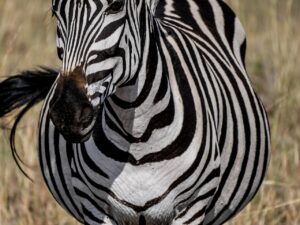Serengeti National Park
Serengeti National Park is one of the most famous wildlife reserves in the world, located in northern Tanzania. Known for its vast savannahs and incredible biodiversity, it plays a crucial role in the conservation of East Africa’s wildlife. Here are some key highlights about the park:
Established: Serengeti was established as a national park in 1951 and covers approximately 14,750 square kilometers (5,700 square miles).
Location: It stretches from northern Tanzania into southwestern Kenya, where it continues as the Masai Mara National Reserve.
Geography
Terrain: The park features a mix of grasslands, woodlands, riverine forests, and granite outcrops (known as kopjes).
Climate: The climate varies but generally features a wet season from November to May and a dry season from June to October.

Wuldlife in Serengeti National Park.
Big Five: The Serengeti is home to the “Big Five” (lion, leopard, elephant, buffalo, and rhinoceros) and boasts one of the largest populations of lions in Africa.
Great Migration: The park is renowned for the annual Great Migration, where millions of wildebeest and zebras migrate in search of fresh grazing. This spectacular event typically occurs from June to September.
Biodiversity: The Serengeti hosts over 1.5 million wildebeest, 200,000 zebras, and a plethora of other species, including cheetahs, hyenas, giraffes, and over 500 bird species.

Activities
Game Drives: The primary activity, allowing visitors to observe wildlife in their natural habitat, with both morning and evening drives available.
Walking Safaris: Guided walking tours provide a closer look at the flora and smaller fauna of the park.
Balloon Safaris: Hot air balloon rides offer breathtaking views of the landscape and wildlife, often followed by a bush breakfast.
Cultural Experiences: Visits to nearby Maasai villages to learn about their culture and traditions.
Conservation in Serengeti National Park.
Protection Efforts: Serengeti National Park is vital for the conservation of wildlife and their habitats. It faces challenges such as poaching and habitat loss, but ongoing conservation initiatives aim to address these issues.
World Heritage Site: In 1981, the park was designated a UNESCO World Heritage Site for its ecological significance.
Accessibility
Getting There: Serengeti can be reached by road from Arusha (about 8-10 hours) or by air, with multiple airstrips within the park for domestic flights.
Entry Points: The park has several gates, including the Naabi Hill Gate and the Seronera Gate, which provide access to different areas.
Accommodation in Serengeti.
Accommodation
Lodges and Camps: The Serengeti offers a range of accommodations from luxury lodges to budget-friendly tented camps, catering to all types of travelers.
Serengeti National Park is a must-visit destination for wildlife enthusiasts and adventure seekers. With its stunning landscapes, abundant wildlife, and the iconic Great Migration, it provides an unforgettable safari experience in the heart of Tanzania’s wilderness.



